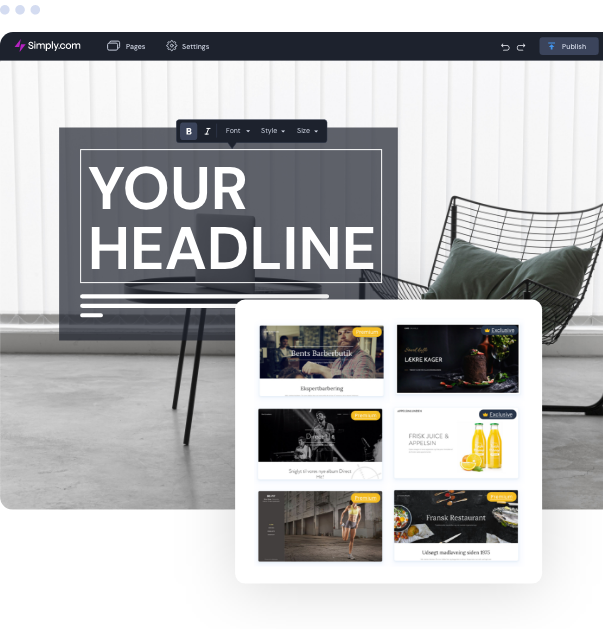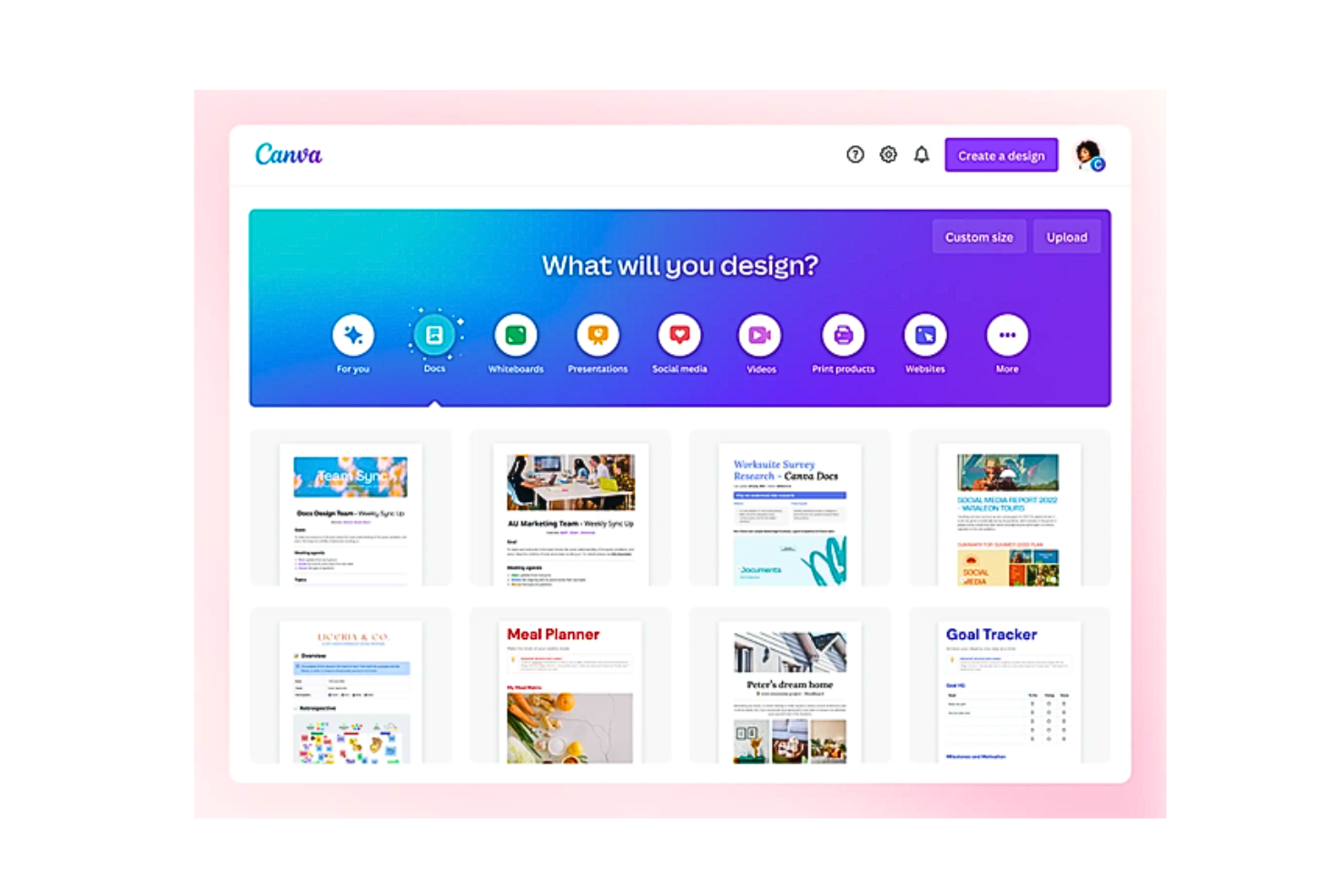The Benefits of Investing in Custom Website Design for Your Business
The Benefits of Investing in Custom Website Design for Your Business
Blog Article
Modern Website Layout That Catches Attention and Transforms
In a progressively digital landscape, modern web site design has actually arised as a critical factor in recording individual attention and driving conversions. By purposefully utilizing aesthetic pecking order, responsive designs, and engaging interactive aspects, designers can develop experiences that not only bring in visitors yet also promote significant communications. Furthermore, effective call-to-action methods play a vital duty in leading individuals toward desired outcomes. As we check out these essential elements, it comes to be clear that understanding their interplay can dramatically impact a site's efficiency and user fulfillment. What are the key aspects that genuinely make a distinction?
Significance of Visual Hierarchy
Visual power structure is an important element in internet site layout, as it overviews customers' attention and enhances their general experience. By strategically organizing web content, developers can guide customers to the most essential details first, thereby raising engagement and boosting usability.
Integrating a logical circulation in content plan is necessary; for example, positioning the most essential information at the top of a web page cultivates instant acknowledgment. Moreover, constant usage of typography, such as varying font dimensions and designs, helps establish a clear material framework. This organization not just aids in navigation however likewise constructs depend on, as individuals really feel more comfortable when they can quickly discover what they are seeking.
Ultimately, a well-executed visual pecking order not only improves aesthetic charm however additionally considerably affects individual habits. By prioritizing necessary components and making certain a smooth experience, developers can properly transform site visitors right into consumers, enhancing the relevance of this fundamental layout concept in modern-day internet site growth.
Responsive Layout for All Instruments
Developing a smooth experience across different devices is necessary in today's electronic landscape, where customers accessibility web sites from tablets, mobile phones, and desktops alike. Receptive design is an essential method that makes certain sites adjust fluidly to various screen resolutions, positionings, and sizes. By using versatile grids, images, and CSS media questions, developers can produce designs that preserve visual honesty and functionality, no matter of the device being made use of.
The value of receptive style expands beyond aesthetic appeals; it directly influences user interaction and conversion rates. A web site that functions well on all gadgets urges longer check outs and lowers bounce rates, as customers are most likely to connect with content that is simple to browse. Additionally, internet search engine, particularly Google, prioritize mobile-friendly websites in their positions, making responsive design a crucial part of search engine optimization (SEO)
Including responsive style not just boosts user experience but likewise improves the growth process. By creating a single site that functions throughout devices, organizations can conserve time and sources compared to establishing different mobile and desktop computer variations. Inevitably, responsive design is a basic strategy for modern site style, making sure ease of access and fulfillment for all users, no matter their tool.
Engaging Interactive Aspects
While a receptive style lays the foundation for a useful internet site, including interesting interactive aspects is critical for recording individual interest and promoting deeper links. Website Design. Interactive aspects, such as animations, quizzes, and clickable infographics, create an extra vibrant individual experience, encouraging visitors to invest more time on the site
Including interactive attributes can likewise direct users via complicated info, making it easier to absorb material. Interactive sliders can highlight product variations, while ingrained videos can give presentations or reviews that reverberate even more than static photos or text. Furthermore, gamification methods, like benefits for completing jobs or engaging with material, can enhance customer motivation and retention.
Effective use interactive elements not just enriches the individual experience yet can additionally cause higher conversion prices. By making interactions delightful and interesting, companies can cultivate a sense of loyalty and trust fund with their audience. Nevertheless, it is necessary to balance interactivity with efficiency; overly complicated features may impede website speed, negatively influencing user contentment. Inevitably, incorporating well-designed interactive aspects can significantly raise a web site's efficacy, driving engagement and conversions in today's competitive digital landscape.
Structured Navigating Practices
Effective navigation is a foundation of any kind of successful internet site, as it directly influences customer experience and material accessibility. Streamlined navigating techniques make certain that customers can conveniently situate info, improving their interaction with the site. A well-structured navigation food selection need to be user-friendly and simple, usually featuring a limited variety of key groups to prevent overwhelming site visitors.
To attain streamlined navigating, developers must prioritize a hierarchical framework that rationally organizes material. Executing breadcrumb trails can provide customers with context regarding their present place within the website, permitting smooth backtracking. Additionally, making use of drop-down food selections can efficiently conserve room while still giving accessibility to subcategories.
Responsive layout is vital, as navigation needs to be practical throughout all gadgets (Website Design). Mobile customers, in specific, benefit from touch-friendly food selections and collapsible areas that maintain use without jeopardizing looks

Effective Call-to-Action Approaches
A well-crafted call-to-action (CTA) is necessary for directing customers toward wanted results on a website, as it motivates them to involve with material or make a purchase. To maximize their efficiency, CTAs should be clear, compelling, and purposefully placed throughout the website.
First, make use of action-oriented language that communicates necessity or value, such as "Start," "Join Currently," or "Claim Your Discount rate." This language not just encourages individuals yet also sets clear assumptions concerning the following actions.
Second, think about layout elements; CTAs should attract attention visually with contrasting shades, enough whitespace, and prominent positioning. A switch that is simple to see and click boosts the likelihood of individual communication.
In addition, customizing CTAs based upon customer behavior or demographics can substantially boost interaction. Tailored messages resonate much more with individuals, driving higher conversion prices.

Final Thought
These parts collectively enhance Website Design user experience, ensuring that visitors continue to be engaged and motivated to discover web content additionally. By focusing on these style principles, businesses can significantly improve customer retention and conversion prices, eventually leading to higher success in the digital landscape.
In an increasingly electronic landscape, contemporary site design has actually arised as a critical element in capturing customer interest and driving conversions.Visual hierarchy is an essential component in internet site style, as it guides customers' focus and improves their overall experience.The relevance of receptive style extends past visual appeals; it straight influences individual involvement and conversion prices.Including responsive layout not just enhances customer experience but additionally enhances the development procedure. Ultimately, receptive style is a basic method for modern web site style, guaranteeing accessibility and complete satisfaction for all customers, regardless of their tool.
Report this page